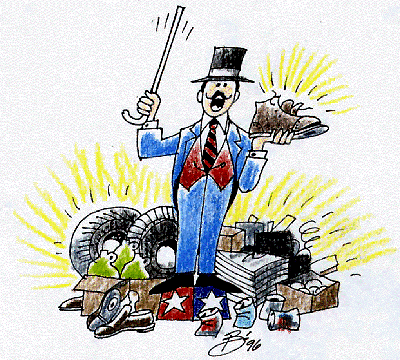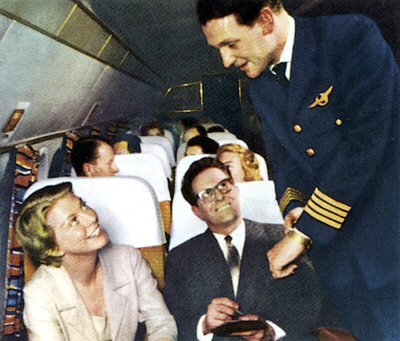I will not ask you to have faith in something you cannot see, except for the visible results of its presence around you.
I will not ask you to believe in something you cannot touch, except in how it makes you feel in your heart.
I will not ask you to have faith in something you cannot hear, expect for the sound of the rushing wind and joyful laughter in your ears.
If seeing, touching, and hearing are not enough, then I will not ask you to believe in something you cannot taste.
But I will ask you to taste and see and hear and feel. And if you do those things, there is no need to ask you to believe, because you will have faith not in what is unseen, unfelt, or unheard, but in what you have tasted.
Faith in the unseen that the author of the Letter to the Hebrews writes about is the Faith in the New Jerusalem, the coming City of God. The Kingdom of God has broken in, here, now, with ample evidence.
Taste and see and know. Now.
...and the Damned Fool. A curmudgeonly review of life, the universe, and everything... including, as appropriate, The Good News. A proud member of the True Reason Community.
Jun 28, 2006
Jun 15, 2006
Three types of "Evangelism"

The Carney Barker: Televangelists fit this stereotype, but local preachers can emulate it. They love the "prosperity gospel" and the "world". Their god too often is mammon, not Yahweh, and their "evangelism" has more to do with their own power and wealth than with bringing in the New Jerusalem.

The Airline Pilot: This type of "evangelist" usually pastors a comfortable church of a main-line denomination. They could be Baptist, Methodist, Presbyterian, Episcopalian, Roman Catholic, or Lutheran (Did I miss anyone? Sorry). The established Reformed churches are especially guilty of this type of evangelism. The model of the airline pilot is that of the captain of the aircraft (sky pilot?) who comes on the PA to announce how high above the toils of the earth the assembled group is flying, remind them of their destination, tell the passengers that everything is all right ("Just a little turbulence."), point out features "down below" ("We are now flying over the Mojave Desert, where it's 120 degrees."), and occasionally walk down the aisle to make sure everyone is comfortable. It's a nice flight, true enough, but the doors are closed. It's a sealed, pressurized environment.

The Doorman: He stands at the curb waiting for the guests arrival. When they arrive, he greets them, helps them with their luggage, opens and holds the door for them, and ushers them to the Registration Desk. If it's raining, he'll hold an umbrella. He'll offer directions, and make suggestions so that the guest's stay will be enjoyable. The most important thing he does, however, is he opens the door, holds it open, and even helps with the baggage. He is the Evangelist who oftens has the most "success" in bringing people into the Church.
Ideally, The Evangelist would be a mixture of the best qualities of all these types, and avoid the dangers associated with them. The Doorman wouldn't "screen" people, the "Barker" would make sure everyone heard the "invitation", and the Pilot would make sure the plane was full before "taking off".
Jun 14, 2006
Is it Good News, or Good Luck?
Evangelism in the Established Reformed churches, or "I'm saved; too bad, so sad about you."
Stay tuned.
Stay tuned.
Jun 9, 2006
Jun 7, 2006
What he said.

Jesus did not say, "Go and sin no more, and then your sins will be forgiven." Jesus said...
"Woman, where are they? Has no one condemned you?""No one, sir," she said.
"Then neither do I condemn you," Jesus declared. "Go now and leave your life of sin."
There's a pretty big difference here. The first example is all about the Law. The second example is about the Gospel...but it's also about the Law, so it's about both the good news and the bad news. And that is what Jesus is about: the Good News as well as the bad.
Jun 6, 2006
Jun 4, 2006
A sacrilegious Truth
Subscribe to:
Comments (Atom)

